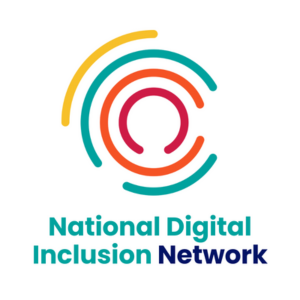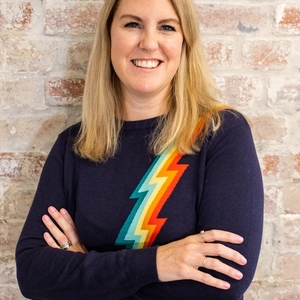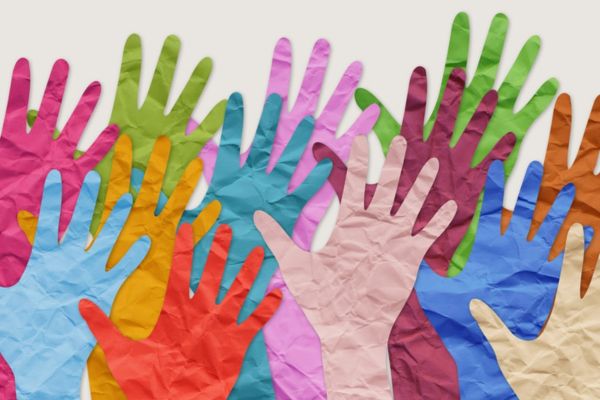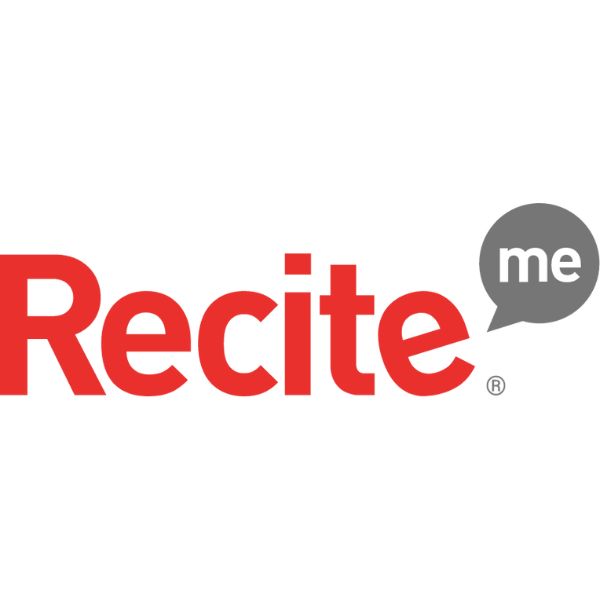Insights
INSIGHTS
All Topics
Five actions you can take be more digitally inclusive
03 Oct 2024by kirsty marrins
We share five actions charities can take to become more digitally inclusive, recognising that digital inclusion is everyone’s responsibility
Millions of people in the UK, and around the world, lack the skills needed to thrive in today’s digital world. Even with the digital skills needed, many lack access to technology, such as a smartphone or computer, or internet access to get online.
In a world where so much is done online or via technology, being digitally excluded is hugely problematic. This is why digital inclusion is so vital. Simply put, digital inclusion means that everyone is able to access technology, get online and have the digital skills they need in order to participate fully in modern day society.
Why is digital inclusion important?
According to the Good Things Foundation, digital inclusion is a social issue. Having low, or no, digital skills or online access can lead to financial exclusion, poorer health outcomes, social isolation and more.
The Lloyds Bank 2023 Consumer Digital Index reports that whilst 96% of the population is online, 2.1 million people in the UK are offline and 4.7 million people cannot connect to the internet.
The Index shows that 6.8 million people, or 13% of the UK population, have ultra-low digital skills and 13 million (25%) have low digital skills.
It’s essential that more is done to increase digital inclusion. Some of the ways that this could be done require Government action - such as working with broadband providers to provide affordable broadband in areas of low deprivation and ensuring the infrastructure is in place to bring connectivity to rural areas.
As charities, however, we too can play a part in ensuring that our services are digitally inclusive.
Five actions you can take to be more digitally inclusive
Review your digital processes and services
How user-friendly are your digital services? How intuitive are they to access and to use? Conduct a review process whereby you test the functionality of your digital services as well as the content. It’s best to ask a range of users of different ages, skills and digital literacy to test your website, content, and processes. This will help to highlight any barriers or pain points.
Make sure digital inclusion is part of your strategy
Digital inclusion shouldn’t be an afterthought. Services should be designed with digital inclusion in mind and a user-first focus. One way to ensure that it is given the importance it deserves, is to include it in your strategy - organisational, comms, digital strategy, all.
Co-produce with those who are digitally excluded
When staff have high or very high levels of digital literacy, as well as access to technology and the internet, it can be difficult to know what it’s like to be digitally excluded and what people need to help them access online services and content. Co-produce your services, content, and strategy with people who have lived experience of digital exclusion. This will ensure that you are meeting their specific needs and requirements.
Champion accessible content and services
Digital inclusion is about access and skills, but it’s also about ensuring that your content is inclusive and accessible. This means concise, simple sentences written in Plain English, short paragraphs, subheadings to break up text and hyperlinking correctly.
When it comes to digital services, it should not only be clear how to access them, but it should also be easy to access them too. When a service is badly designed, it excludes people and creates inequality. The best way to design a digital service that’s inclusive, is to undertake user research and to test and refine.
Inclusive design focuses on creating something that can be used by as many people as possible, such as easy navigation and larger text. Accessible design ensures that people with disabilities can access your content or services. This can include using alt text on images, adding captions to video, and ensuring your text and background colours have enough contrast.
Work with other charities and organisations
Align with other charities to champion digital inclusion in the sector and to promote a culture of inclusion. Charities along with other organisations (whatever the sector) should share their experiences, resources, and expertise so that there is a culture of learning around digital inclusion. By testing, learning and sharing we can create bigger impact.
Find out more
Our 2024 Digital Inclusion Summit revealed how charities can help can make the digital world a safer, happier, more inclusive place, from improving access to digital devices to demystifying cyber security. Click here to watch the session recordings for free.
Our report, ‘Digital inclusion in the UK charity sector’, uncovers charity practitioners’ attitudes towards digital inclusion, including the challenges charities face in reaching out to service users and how they are making the most of the digital technology they use. Click the link in the orange box below to download the report.
Our Digital Inclusion Hub features regular articles, podcasts, and webinars to help charities reach across the digital divide. Click here to learn more.
Report: Digital inclusion in the UK charity sector
kirsty marrins
More on this topic
Related Content
Recommended Products
Recommended Products
Featured Products
21 Jan 2025by Charity Digital
Building strong data foundations before AISponsored Article
21 Jan 2025by kirsty marrins
How children and young people can be digitally excluded
Our Events
Charity Digital Academy
Our courses aim, in just three hours, to enhance soft skills and hard skills, boost your knowledge of finance and artificial intelligence, and supercharge your digital capabilities. Check out some of the incredible options by clicking here.






















